Creating good social media content is hard work. That’s a given. It also takes A LOT of time to get it right. Sometimes, you put in hours, sometimes days into it; and all of that, if it doesn’t produce the results you want, it can be surely very discouraging. But the thing is, you can’t just create content that’s good, you have to make something that people will want to engage with and share because that’s what will give you actual results. It can be a guide, a case study, an update, etc.
Whatever you choose to do, you have to make sure people won’t just read it and click out. You want engagement. That’s not to say that something that grabs attention doesn’t work, but it won’t work as well as a piece your audience will feel is worth passing along.

Social media thrives on shareable content, search engines love it, and so does your audience. But how do you create it? Well, think about it from your own point of view – when do you share content you stumble upon online? Why do you decide to share it? Is it amusing? Did it solve a problem you had? Did it teach you anything new that other similar content hasn’t covered?
In this article, we’re going to focus on why shareable content is critical for the success of your social media account (regardless of platform), plus we’re going to list the types of content that’s very share-friendly, so that you can leverage this strategy as well.
Why Is Shareable/Engaging Content Important For Social Media SEO?
Quick answer: Engaging/shareable content will do wonders for your social media SEO strategy. Why? Well, that’s simple. You’ll get two things: traction and reputation, both of which will help you scale your account.
But let’s get a bit more lengthy about it.
When people share your content, more and more people start seeing it and all of that happens without any extra effort or cost from you. Organic shares on social media, blogs, or forums make your site more visible and that can lead to backlinks. You’ve probably already heard of backlinks and how valuable they are, but it doesn’t hurt to remind you that they’re one of the key factors search engines use to rank websites.
When you add likes, comments, and shares to backlinks, you create a ripple effect of engagement and indirectly, this boosts your rankings on search engines.
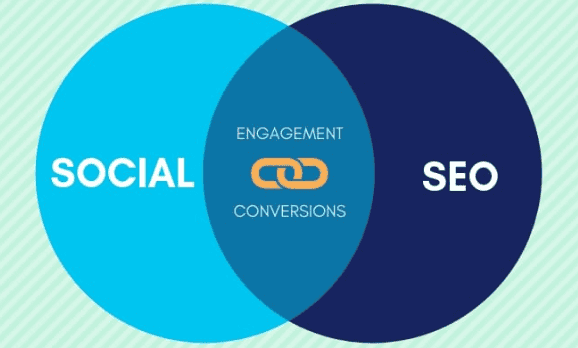
The secret sauce is shareability. Engagement is very important, but hitting that share button will take your content to the next level. At least as far as search engines are concerned. If you want to make shareable content even more powerful, you have to align it with SEO principles. That means, you need to match the search intent and use keywords naturally. This way, your content won’t just engage the readers, it will get discovered in the first place.
Of course, you can’t do any of this unless you understand your audience; what they care about, what they search for, and how they consume their content. An experienced SEO agency for businesses can help identify your audience’s needs and optimize content for maximum discoverability. When content is tailored to the consumers’ habits and interests, you’ve hit the jackpot; your content is engaging and it’s highly optimized to be discovered.
3 Types of Highly Engaging, Shareable Content
Now you know that your content needs to resonate with your audience so, in theory, you know what to focus on. But the format of your content is also something to think about, so let’s see what are some of the most effective types of content to work on.
How-To Guides and Tutorials
Both of these give your readers step-by-step solutions to problems they’re trying to solve. They’re very engaging because they’re practical because your audience can immediately apply what they’ve learned from your tutorial to their situation.
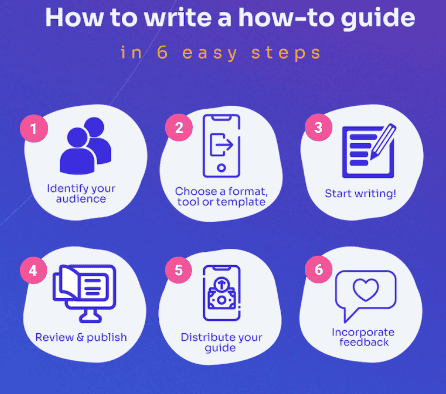
There’s immediate value to this, which is exactly what you want for your content. Instant gratification will get you a lot further than anything else. Plus, tutorials and guides are incredibly shareable because people will want to pass on useful information to their friends.
Case Studies and Success Stories
Case studies and success stories will add a lot of credibility to your content because they show real-life results and strategies.
Professionals and people responsible for making decisions will want to engage with this type of content because they’re looking for insights based on evidence, so they know how to act.
News and Updates
This doesn’t mean just random news and updates; if you have a site that focuses on technology, you shouldn’t post articles about celebrity scandals or the latest makeup trends.
Nevertheless, posting helpful news on trends, and angles on different topics (e.g., politics, religion, fashion, celebrities, etc.) that align well with YOUR main content, or other innovations concerning your industry makes your readers consider you as a trusted source.
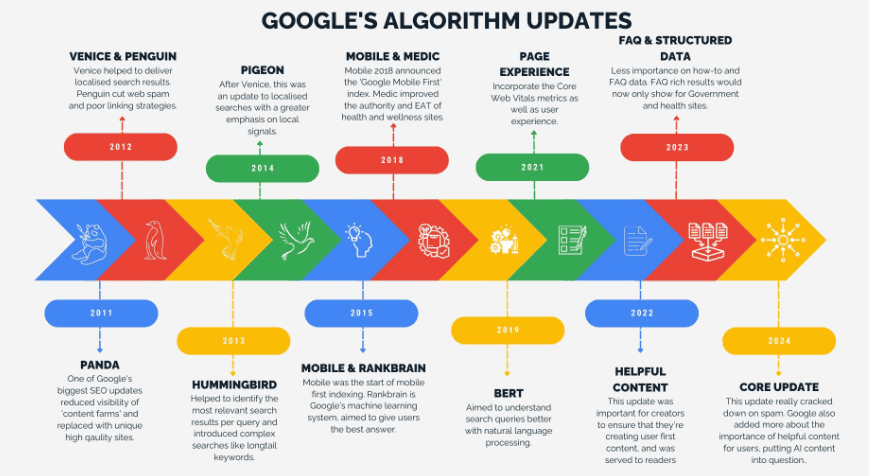
People usually share such types of content to keep their colleagues in the loop and also demonstrate to others that they know what’s happening in their fields. They might simply recycle your content, and give you the credit and link that you deserve.

Take, for example, an article focusing on the impact of a very significant algorithm; not only will such a work be interesting, but it’ll also motivate your audience to share it. And it’s not hard to see why – many can benefit from this information.
Of course, you can utilize things such as checklists, step-by-step guides, memes, and touching stories—can significantly enhance engagement when promoting SEO outsourcing services. Anything that you, as a professional, would share with your audience, because you’re of the opinion that that content will be helpful/interesting to your audience – that’s a great example of shareable content.
Any type of social media content where the user is driven to interact/engage with it, whether it’s via comments, likes, shares, or links, is great content.
Once you take a step back, and think about it, you’ll quickly realize that you’ve encountered amazing shareable and engaging content daily. Follow the same recipe, and you’re bound to succeed.

So, How Do You Create Shareable, SEO-Friendly Social Media Content?
If you’re a creative mind, that’s a huge plus. Creativity will definitely help you out a lot and you’ll have an easier time thinking of topics. However, creativity isn’t enough to make search engines like your content.
So, what should you do?
Know Your Audience
What does my audience want exactly? First and foremost, research their likes and interests as well as what they find challenging. Then, and only then create what they’ll find relevant and entertaining. Surveys, social media analytics, quizzes, and keywords will help achieve that.
It’ll be way easier to create material that connects to your audience once you know what they like and what they want.
Quality Trumps All
It would be natural to place this as the first step, but recognizing quality comes only after you’ve decided on what you want to say.
It should be of high quality and share-worthy; make anything new, accurate, relevant, and original. Keep it well-formatted with proper headings (think of eye-catching design, colors, font), just so it’s easily readable and that it stands out/grabs the viewer’s attention easily while they’re scrolling.
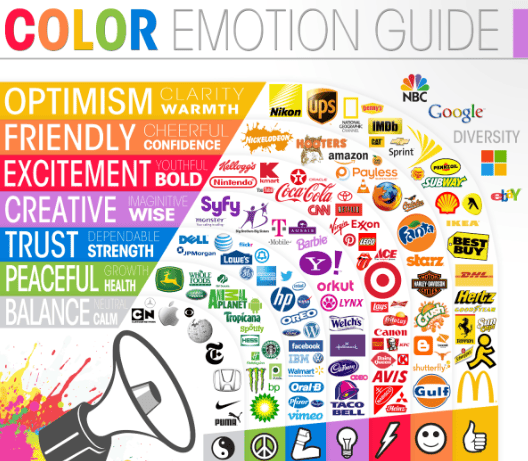
The titles need to grab the readers’ attention because they’re the first thing they’ll see. Try to think of something that will spark their curiosity or promise some sort of value.
Optimize for SEO
If you want people to discover your content (and you do!), you need to optimize it. Research keywords to align your content with phrases your readers are searching for, and optimize titles, meta descriptions, and headers. Make sure to keep the tone natural and conversational.
This part will take some trial and error and it will probably take you some time to get it just right. If that doesn’t sound so great, you might want to consider working with a search engine optimization consultant to fine-tune your strategy and structure your content for maximum visibility. And if you’re selling products, you’ll need to focus on ecommerce SEO.
Make it More Likely to Be Shared
Readers should have an easy time sharing your content, so include social media sharing buttons and write compelling calls to action. A good one would be “Share this guide with your colleagues to help them stay ahead.”
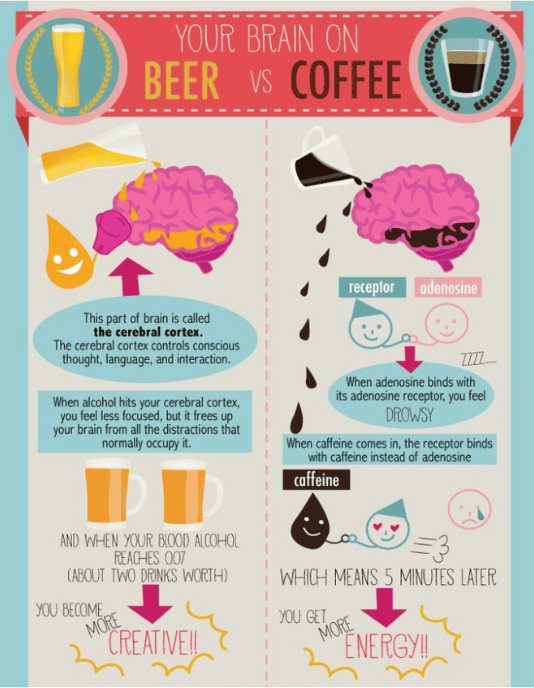
The easier it is to share, the more likely your readers will share it. Nobody is going to jump through a million hoops just to share a piece of content with someone else.
Pay Attention to Trends and Timely Topics
There’s a famous saying that goes something like this, “To succeed in this business, you need to be first, be smarter, or cheat. Now, we don’t cheat. And while I like to think that we have some really smart people around here, it’s WAY easier to just BE FIRST!”
If you’re first, you’re golden. But even if someone managed to post news, or started spreading a trend before you, it’s still worth it to jump onto the bandwagon. Your audience is looking for news and trends, and they have to consume it somewhere. It might as well be you, right?
Hint: Use tools like Google Trends or BuzzSumo to check what’s popular right now.
Encourage Readers to Engage
Basically, what you want is to encourage the users to interact with your content in some way. Whether it’s by presenting polls, quizzes, or something like open-ended questions, it doesn’t matter.

As long as people are enticed to click on it, you’re doing a good job.
Strategic Distribution
Instead of sitting around and waiting for your audience to find you, take your content to them. Share it on platforms where they spend most of their time and tweak your message so that it works with different platform styles.
Basically, repurpose/recycle the content you already have. Turn it into a blog post for LinkedIn/Medium or into a short-form video for TikTok/Instagram.
How to See if Your Content Is Working to Your Advantage or Not
Once your content is done and you’ve published it, the work is not over. Now you need to keep an eye on it to see how it does and if you’re getting any results from it.
Organic traffic (meaning, traffic that doesn’t come from clicking on ads) is key because it shows whether your content is attracting visitors from search engines. If traffic is low, your content isn’t ranking well or it’s not matching search intent.
In addition, backlinks are proving to be quite necessary since they tell you how many times someone else has considered your material worthy of making a link back to it. This can give a huge boost to SEO. And with social media shares, you get insight into how well your content resonates with people across platforms, so you can see this as a measure of shareability.
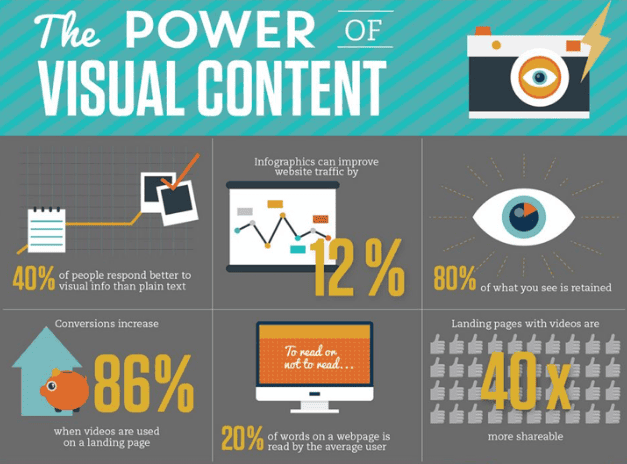
So, those would be visibility metrics. Apart from them, there are also engagement metrics that give you a deeper look into how audiences interact with your content. High time-on-page is an indicator that readers think your content is engaging, while low bounce rates show they’re exploring more of your site. Comments and CTR (click-through rates) show how well your calls-to-action are doing and if your content pushes to conversions or interactions.
Google Analytics and Ahrefs are two exceptional tools you can use to gather and analyze these metrics. You should also use native social media analytics platforms. Google Analytics will show you where traffic comes from and Ahrefs will help you track backlinks and keyword rankings. Social media platforms can provide you with information about shares, likes, and other valuable metrics.
Final Thoughts on Shareable Content as an SEO Strategy
Creating content on social media that people will engage with and share is really a must. It’s how you’ll grow your audience, boost SEO, and stay relevant. The digital space is already pretty crowded, but nobody plans on moving aside so you’ll need to find a way to stand out.
If you manage to create the type of content that readers literally drool over, they’ll definitely be enticed to share it, link to it, comment on it, and come back for more. And guess what? At the same time, you build trust and grow your brand.
Keep it strategic – take time to know your audience; keep your content excellent always; make sharing easy. Publish, track its performance, and be ready to edit where (and if) necessary. The more you polish, the more it yields, so never leave it in the same condition for too long, instead keep your content fresh.
At the end of the day, quality, engaging content will turn accidental visitors into loyal readers and possibly customers, so content that connects is always what wins.

